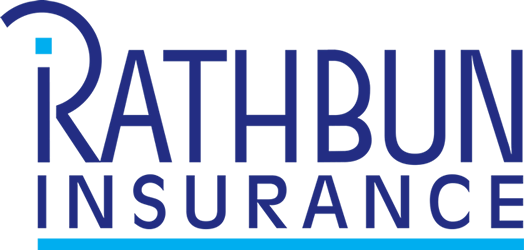
At Rathbun Insurance, we understand that traversing the world of insurance can be complex and overwhelming. In this blog, we'll shed light on the crucial difference between underwriting decisions and coverage decisions. By the end of this article, you'll have a better grasp of these fundamental aspects of your insurance policy.
Underwriting is the initial process that insurance companies use to evaluate and assess the risks associated with insuring a particular individual or entity. It's like a meticulous examination of your insurance application to determine whether the insurer can offer you a policy and at what cost. Here are some key points about underwriting decisions and issues:
- Risk Assessment: During underwriting, the insurance company examines various factors related to risk such as quality and age of your home, location of the property/zip code, credit history, driving history, claims history, and more to assess the level of risk you present as a policyholder. For example, a person with property in a zip code with minimal claims may receive more favorable underwriting terms than someone with property in a zip code with excessive claims.
- Premium Calculation: The underwriting process directly influences your insurance premium. Insurers calculate the premium based on the risk they are taking on by providing coverage. Lower-risk individuals typically pay lower premiums, while higher-risk individuals may pay higher premiums.
- Policy Acceptance or Rejection: Following the underwriting process, the insurance company will decide whether to accept your application and offer you coverage. If they believe the risks are too high, they may reject your application, require you to make property improvements, or provide coverage with specific exclusions.
- Conditions and Terms: Underwriting can also determine the specific conditions and terms of your policy. For instance, if you're a high-risk driver, the insurer may impose a higher deductible.
Once your policy is in force, you may encounter situations where you need to make a claim. This is where coverage decisions and issues come into play:
- Claim Evaluation: When you file a claim, the insurance company evaluates the circumstances and events that led to the claim. They assess whether the incident is covered under the terms and conditions of your policy.
- Claims Payout: If the insurer determines that your claim is valid and within the coverage limits, they will issue a claims payout to cover the loss or damage, up to the agreed-upon policy limits.
- Coverage Disputes: Coverage decisions can sometimes lead to disputes between policyholders and insurance carriers. You may believe that a particular event should be covered, while the insurance carrier disagrees. In such cases, the issue may need to be resolved through negotiation, mediation, or legal action.
- Policy Changes: Over time, you may want to make changes to your policy, such as increasing coverage or adding additional insured parties. These changes are typically subject to underwriting review, which can result in adjustments to your premium or terms.
Understanding the distinction between underwriting decisions and coverage decisions is crucial for anyone with insurance coverage. The underwriting process determines whether you qualify for coverage and at what cost, while coverage decisions pertain to the evaluation of claims and the payment of benefits. At Rathbun Insurance, we're here to guide you through both stages, ensuring that you have the protection you need and the peace of mind you deserve. If you have any questions or need assistance with your insurance policy, please don't hesitate to reach out to your Rathbun Insurance Account Manager.

